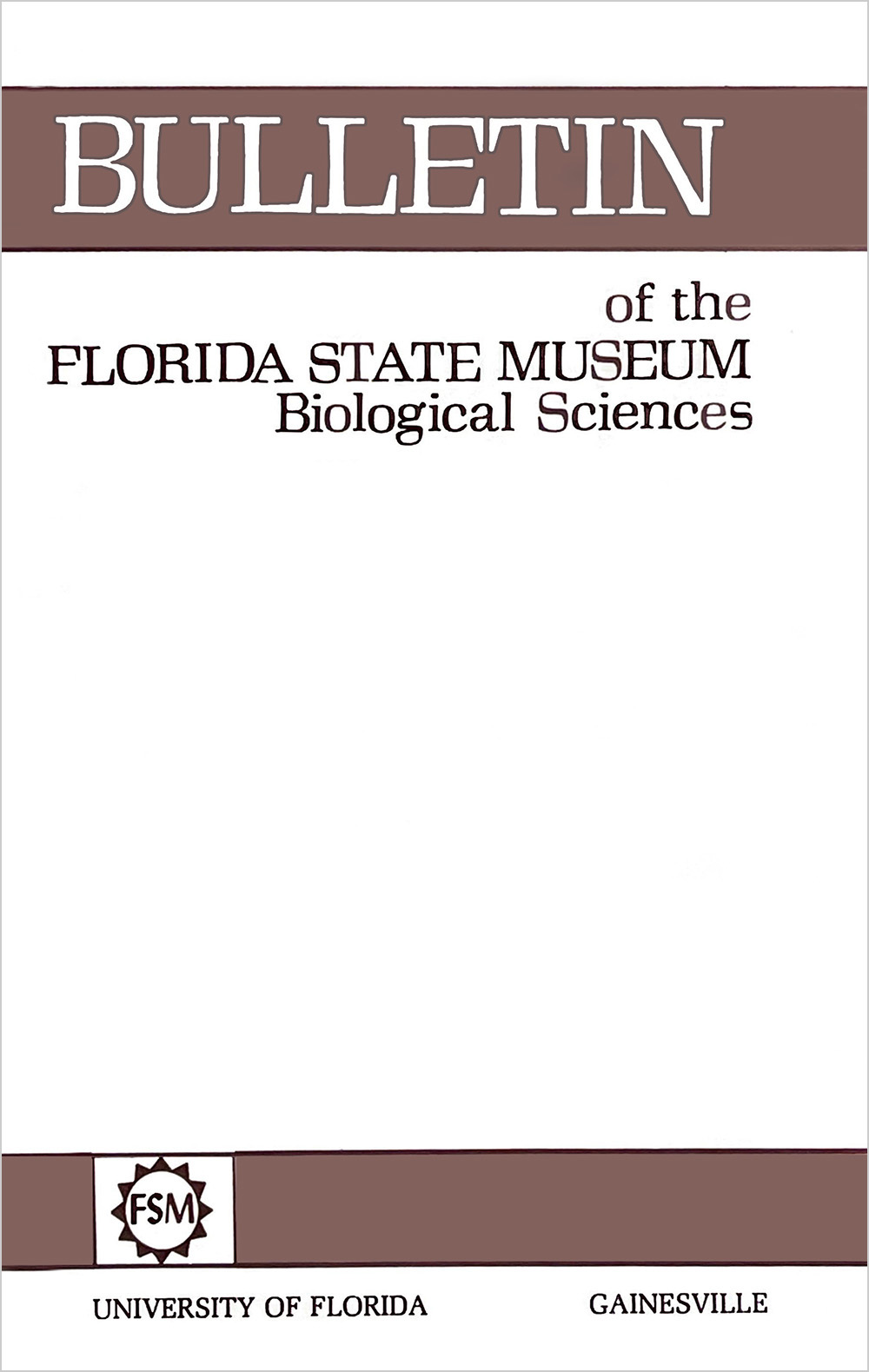Reproductive Patterns in Sympatric Philippine Skinks (Sauria: Scincidae)
DOI:
https://doi.org/10.58782/flmnh.suvw4694Abstract
The reproductive biology of 11 species of geographically sympatric scincid lizards was studied in southern Luzon, Philippines. These are Mabuya multicarinata Mabuya multifasciata Lipinia pulchella, Lamprolepis smaragdina, Sphenomorphus jagori, Dasia grisia, Otosaurus cumingii, Emoia atrocostata, Brachymeles samarensis, Brachymeles boulengeri, and Tropidophorus grayi. Collectively they represent a broad range of local microhabitats, life styles (arboreal to fossorial), and sizes (among the smaller skink species of the world to some of the largest). Analyses were based on a total of 3252 adult individuals collected in more or less equal samples monthly over an entire year. Testis size, follicular development, oviductal eggs, body fat, skin color, and activity patterns were all investigated in the context of season, climate, sex, and size.
The results suggest that there is great diversity in reproductive strategies represented by the 11 species studied. This diversity in reproductive mode and timing is much greater than expected on the basis of published summaries, statements of general principal, or theoretical models of tropical lizard biocoenoses. It is clear that we are still far from understanding those factors that dictate cutch size and timing of cycles in tropical lizards. Cues triggering seasonal reproductive phases must either be numerous or reacted to in totally different ways by sympatric species. Many more data are needed on other tropical lizard communities before we can begin to unravel the complexity of the signals to which these lizards are responding and the physiological responses elicited by those cues. We found almost every conceivable type of annual reproductive strategy represented. Some species are egg-layers and others live bearers; some breed continuously throughout the year, whereas others are periodic. Those that are periodic have either one or two reproductive peaks, and these may fall at entirely different times of the year, despite their geographic and broad ecological sympatry. Even within specific microhabitats, patterns are remarkably variable among the resident species. There is no evidence for a single tropical forest reproductive pattern. There is, however, a tendency for reproduction to be collectively highest during and immediately after both the first (June-July) and second (September through December) monsoons. In general, reproduction is collectively lowest during the dry months preceding each of the monsoon periods.
There is no significant correlation between number of eggs (young)/clutch and habitat, female size, or reproductive mode. There are, however, two basic strategies represented in regard to number of eggs (young)/clutch. In one group, species lay consistently small clutches; in the other group, species lay significantly larger clutches. All oviparous species belong to the last group; viviparous species occur in both groups.
Several of the scincids studied show significant seasonal change in coloration of both males and females. These can be correlated with the reproductive period and are believed important in this context. The frequency of these color changes in members of the family Scincidae is somewhat surprising in view of the fact that these lizards are generally considered more scent- than sight-oriented. This may be a phenomenon of tropical Asian skink communities, where sympatric species are more numerous than in temperate forests, where most previous studies of skinks have occurred.

